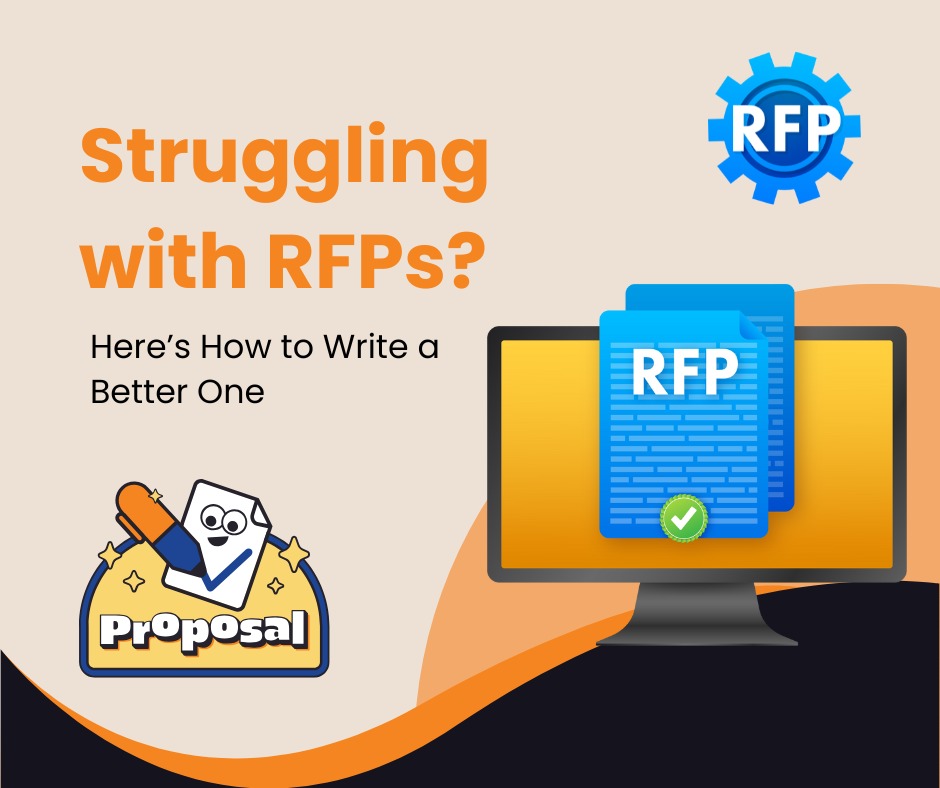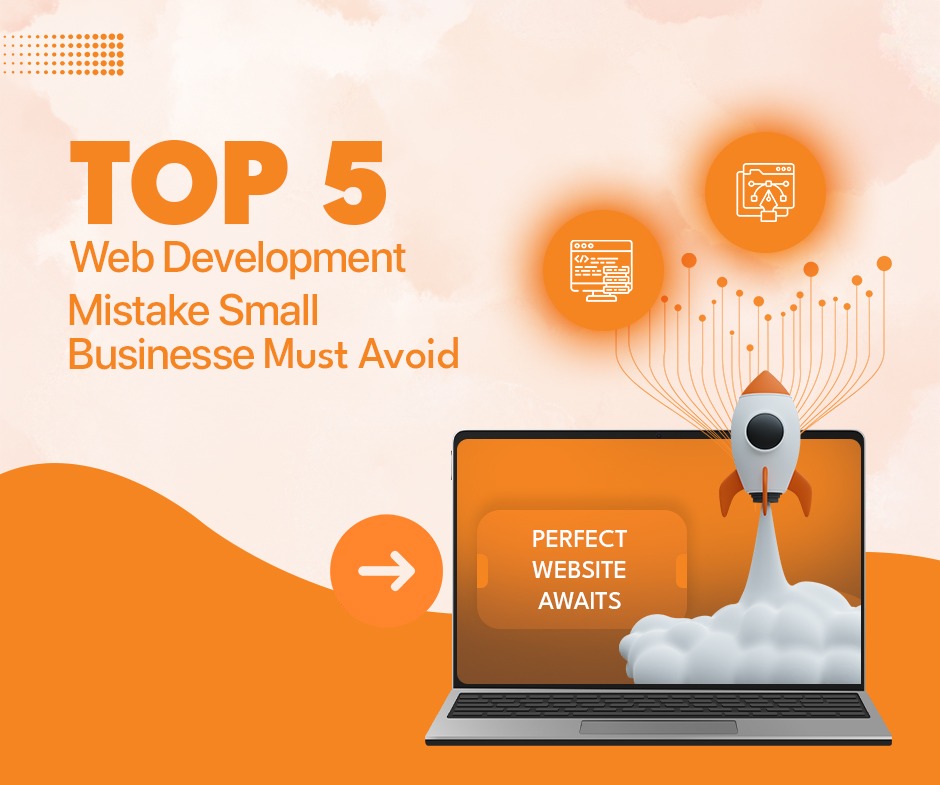A Request for Proposal (RFP) may be essential when looking for a new WordPress firm, mainly if the project is big or complicated.
Not all RFPs are created equal. As your RFP improves, so does your optimism and hope for a successful partnership. A well-crafted RFP can save you time, simplify the process of selecting the right agency, and set the stage for a successful partnership. It’s a powerful tool that can make your agency selection process more efficient and effective.
However, what makes an excellent RFP?
Key Components of a Strong RFP
We are qualified to answer it because we have addressed several inquiries. Continue reading to learn how to draft a fantastic RFP.
An RFP is the most fundamental document you should use to start the search for your perfect agency. The RFP should contain all the details necessary to enable agencies to prove their appropriateness for the project.
Although each may vary somewhat, here are some rough guidelines for what you should include.
Introduction and Background
Potential vendors need to know who they’ll be collaborating with. Seems simple, but context is crucial.
Include details about
- Who you are?
- What industry you work in?
- How big your company is?
- What area of your company the project pertains to?
- Who the vendor will be collaborating with on this specific project.
Give the more technical information about who you are, but also make the business come to life by describing your goals, mission, and vision. Also, ask the vendor what version of the future they should believe in for you to succeed.
Objectives
It’s critical to outline the project’s primary goals before you begin crafting your RFP. It must describe your objectives, the results you want to attain, and the issue you intend to tackle with this project. Agencies will be better able to demonstrate that they understand your goals and that their agency is the best fit to assist you in achieving your objectives if you can be more explicit about what you hope to accomplish.
For example:
Instead of saying “We need a nice website”, you should be saying “We need a WordPress website that is optimized, responsive and includes a online booking system for better user conversion rate. ”
Scope of Work
- What essential features or functions do you anticipate the project to include?
- Are there any essential components of an existing site that must be kept or moved?
Your conversations with the chosen agency will focus heavily on this topic since they should have suggestions and ideas you hadn’t previously considered. However, if you have a thoughtful perspective on what needs to be developed, you’ll be in a good position to benefit from follow-up discussions. If you have any preferred tools or methods of working, or if there are any particular accessibility or compliance needs to be aware of, you might also wish to share that information.
Success metrics for the project
Setting success metrics is crucial if you want to be sure your new website is producing the outcomes you desire. Try to be as specific as possible. Include any vital website performance, marketing, and business analytics. Be as specific as possible here. Agency assisting you in achieving your goals will be aware of the impact of their contributions across all pertinent areas of attention, including technical, performance, and commercial ones.
Budget
Some projects are too big or too tiny for specific agencies, and that’s okay. If that’s made plain up front, it saves time for everyone. If agencies can do so, including a budget range can also help them better understand limitations and provide options within that price range.
Timelines and Deadlines
Include any desired time frames your team is working with in the paper. Knowing if any crucial project milestones or deadlines must be met along the road is also really helpful. Additionally, if any dates (such as those for product launches, executive reviews, regulatory obligations, etc.) need to be taken into account, that information is also helpful.
Vendor Information
You don’t want to see vendors reply to RFPs that are primarily about themselves. If anything, it’s a warning sign that they aren’t paying enough attention to finding solutions to your difficulties. However, giving responders a voice is crucial so they may share their experiences. It’s a terrific opportunity to gauge how well a possible partner will fit into your culture, and on a more practical level, it’s crucial to get a sense of how they operate.
Selection criteria
The selection criteria you’ll use to assess bids should be clearly stated. This might involve experience, technical know-how, or the agency’s project management methodology; most likely, it will combine these and other factors. Include specific information about your method of limiting the list of potential bidders in the RFP. All of this aids organizations in determining where to focus their efforts and the likelihood of a favorable match.
Questions
Ensure that your RFP includes a section or procedure where vendors may raise questions about it. This will allow vendors to submit the most precise offers possible, and any ambiguities or miscommunications will be cleared up.
(Note: To minimize delays, it would be prudent to anticipate that this work would be substantial and budget time to handle any back and forth promptly and comprehensively. To expedite talks and prevent drawn-out, tedious email reply chains, you can join or use apps like Slack or Teams.
RFP process
Ensure everyone is fully committed to the RFP process. Clear expectations, communication channels, and timelines are key to success. This ensures that the process is carried out promptly and gives agencies clear guidelines on participating, fostering a sense of commitment and engagement.
Conclusion:
Writing a strong RFP isn’t just about listing requirements—it’s about setting the foundation for a successful and productive partnership. A well-structured RFP ensures clarity, attracts the right vendors, and ultimately leads to a project that aligns with your vision.




